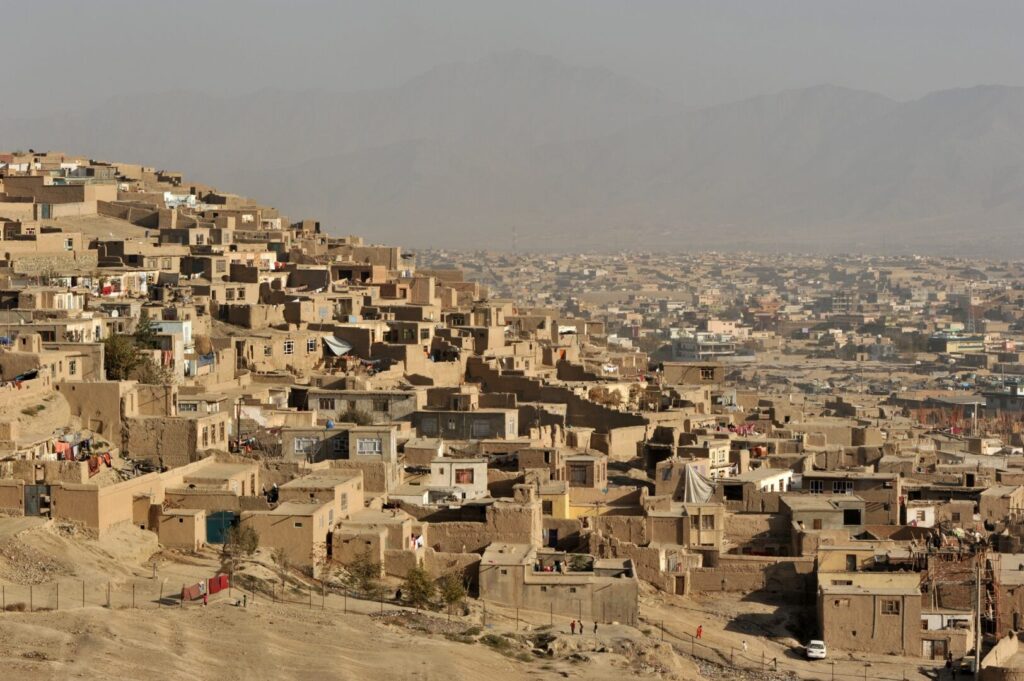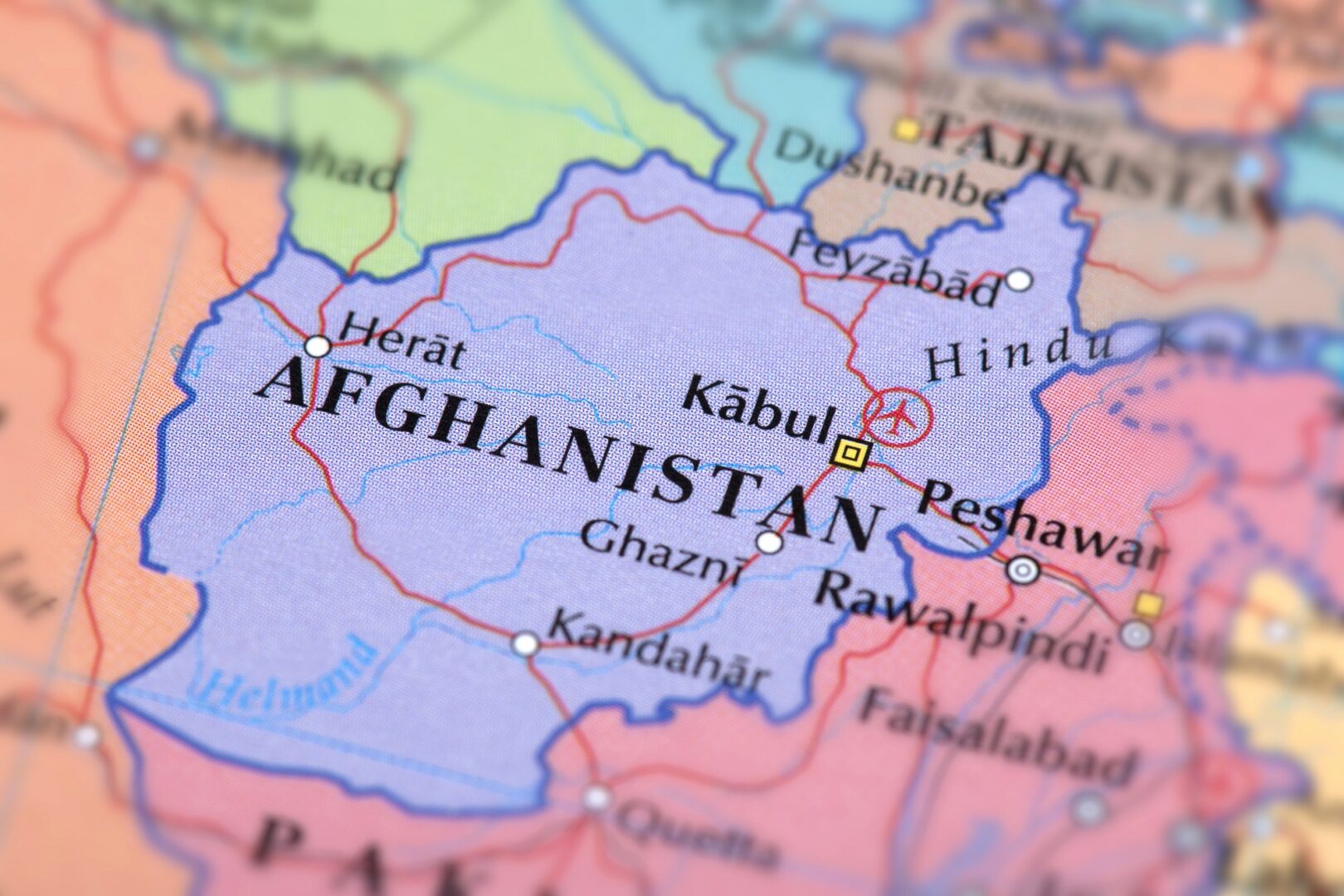The month of March focuses our attention on women’s history, International Women’s Day, and the United Nation’s Commission on the Status of Women. As we head into this month, we want to highlight the ongoing crisis for women in Afghanistan and introduce you to a dynamic community of women’s funds that are supporting women not only in Afghanistan, but also working with women’s activists and movement builders in other crisis settings including today in the Ukraine, Syria, and Ethiopia, among many others.
In August 2021, much of the world followed the rapid takeover of Afghanistan by the Taliban following U.S. troop withdrawal. Human rights defenders worldwide immediately pointed to safety concerns for those who had supported the U.S. military as well as for women activists and leaders who had championed access to education, employment, and political participation. Unfortunately, since the Taliban took control of Kabul on August 15, 2021, severe restrictions have been imposed on the rights of women and girls. Women have vanished from society. Starting in September, girls older than 12 are not allowed to attend schools and women cannot be in public without being accompanied by a male guardian. Restricting women’s mobility and access to basic services has exacerbated financial losses for families—particularly female-headed households.
Despite these crackdowns, women activists have taken to the streets in protest—risking their lives. In January 2022, four women activists Tamana Zaryabi Paryani, Parwana Ibrahimkhel, Zahra Mohammadi and Mursal Ayar, went missing following anti-Taliban protests. The women were released in mid-February along with several of their relatives who had also been missing. These “disappearances” are a signal to activists that protests will not be tolerated.

So how are women in Afghanistan being supported?
In August 2021 as concerns for women and girls in Afghanistan mounted, Prospera-International Network of Women’s Funds mobilized its members to support women on the ground—and particularly those with the greatest security risks, through directing funding, resources, and visibility to those living in situations of conflict and crisis.
Women’s funds are a unique and often untapped resource for individual donors and philanthropic institutions to channel funding to issues impacting women, girls, and those who identify as women. Women’s funds are public fundraising foundations that provide financial and other resources to individuals and organizations working at the grassroots level.
We had the opportunity to connect with Alexandra Garita, Executive Director of Prospera INWF which brings together 44 international, regional, and national women’s funds all over the world, and Virisila Buadromo, of the Urgent Action Fund for Women’s Rights, Asia and Pacific. Together, they shared the call to action issued by the network, women’s rights organizations, and those working in Afghan civil society to financially support Afghan women activists and ensure their safety.
“Women’s funds are not just responders and funders. We are bridges between those working at the grassroots level and those working on policy and funding changes at national and international levels,” noted Garita.
And, we take an approach we hope all donors would consider, which is to listen to those who are on the frontlines and understand what they need. Sometimes the needs are for direct financial support and other times it’s for advocacy or connections to media,
Buadromo
In regard to Afghanistan, both are clear that there are short-term and long-term needs—and sustained funding will be essential. While the toppling of a country by the Taliban took merely a few weeks, the negative impact on women and girls with endure.
Garita, Buadromo, and those who are part of the broader coalition call for:
- Prioritizing funding to Afghan civil society and, in particular, women’s rights and women-led organizations that are equipped with firsthand knowledge of the current situation and have been working to advance women’s rights in Afghanistan for decades;
- Handling all information related to Afghan organizations and individuals with the utmost care in terms of digital and physical security;
- Making funding available that is flexible (due to the rapidly changing context and the strategic agility it requires) and core support rather than project-based (to allow civil society and the feminist and women’s rights movement to survive this difficult time) as well as sufficient resources for physical and digital security and psychosocial wellbeing; and
- Channeling direct funding to local civil society organizations based in neighboring countries that are receiving an influx of women, girl, and gender nonconforming people’s rights defenders such as Albania, Kyrgyzstan, Pakistan Tajikistan, and Turkey.
The above is only a selection of recommendations. For more information about women’s funds and their collective work in support of women in Afghanistan, learn more here or visit any of the following organizations:
- Urgent Action Funds – Afghanistan
- MADRE
- Women’s Regional Network
- Global Fund for Women
- Equality Fund
- Mama Cash
- FRIDA
- Women Win
At Gates Philanthropy Partners, we also have received many requests about how donors can provide support to various efforts in Afghanistan. While international aid organizations were initially restricted in their abilities to deliver food, healthcare, and other services, many have been able to slowly resume. For those who may be following the growing malnutrition crisis, the World Food Programme and UNICEF have more information about ways to help.

